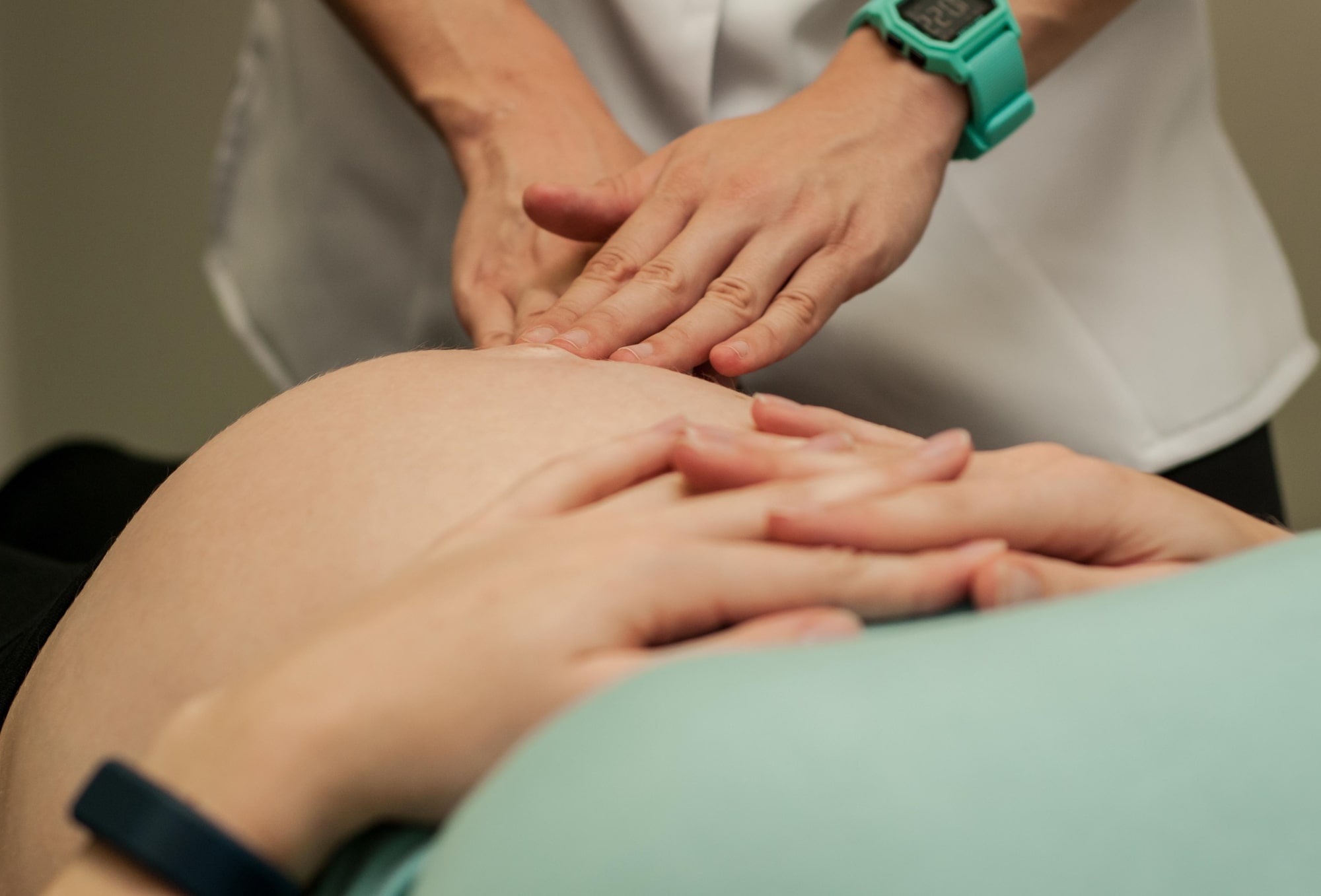Conditions & Treatment
Chiropractic
Treatment and Prevention
Chiropractic is a health profession specialising in the diagnosis, treatment and prevention of mechanical disorders of the musculoskeletal system and the effects of these disorders on the functioning of the nervous system and general health.
Conditions Treated
Chiropractic is one of the most popularly used forms of manual therapy worldwide as it does not use drugs or other consumable medication and only limited auxiliary treatment modalities. It offers great potential for cost-effective management of neuromuscular and musculoskeletal disorders.
Chiropractors are trained to diagnose, treat, manage and prevent disorders of the musculoskeletal system (bones, joints, and muscles), as well as the effects these disorders can have on the nervous system and general health.
Chiropractic care can help to reduce and/or eliminate the symptoms associated with various afflictions, including:
- Neck pain;
- Whiplash;
- Lower back pain;
- Headaches and migraines;
- Sciatica;
- Scoliosis;
- Spinal disc injuries such as disc herniation;
- Sports-related injuries;
- Tendinitis;
- Pregnancy-related pain;
- Arthritis;
- Sprains; and
- Joint pain
Chiropractic Treatment
Chiropractors rely on non-invasive treatment methods and will refer patients to medical practitioners should medication or surgery be indicated. Chiropractors work with the spine and joints and focus on creating optimal alignment through careful manipulation in order to bring about pain relief for patients suffering from numerous conditions.
This approach to care is further reinforced by chiropractors in their promotion of healthy lifestyles such as the avoidance of smoking and excess stress, as well as ensuring a proper diet and exercise.
A chiropractor’s main concern is your spine and nervous system and how well both are functioning. The spine is made up of 24 individual moveable vertebrae. It starts just below the base of your skull and ends in the centre between the hips. Each consecutive vertebra is connected to the immediate vertebrae above and below it via joints. Consecutive vertebrae are connected by joint capsules, ligaments and muscles, which enable the entire spine to function as one dynamic unit. There are seven neck (cervical) vertebrae, 12 mid-back (thoracic) vertebrae and five lower back (lumbar) vertebrae, with a cartilaginous disc in-between each vertebra. This disc is there to help cushion and absorb shock, reduce friction between the vertebrae and to allow increased movement to occur within the spine. A pair of spinal nerves exits between each vertebra. Each one of the 31 pairs of nerves come from the spinal cord, which runs the length of the spine, and extends outward to form a complex network which ultimately supplies and influences every organ, tissue and cell in the body.
It’s a chiropractor’s task to evaluate the biomechanical structure of the spine, to ensure that each one of the individual vertebrae are moving freely and are not restricted or fixed in anyway. Any such displacement or restricted vertebra can cause the spinal nerve, that exits from the intervertebral foramen/opening, to become irritated either through direct pressure or through indirect stimulation/irritation. Therefore, any problem in any one of the vertebral joints can affect the related part of your nervous system, which in turn can lead to such symptoms as pain in the back or neck as well as many other spinal problems.
As chiropractic is a non-invasive treatment option, anyone can benefit from chiropractic care, including:
- Babies and children who suffer from spinal problems as they grow older and their nervous system adapts.
- Pregnant women – chiropractors can help ensure an easier delivery and minimise backache.
- Office workers who often sit in front of a computer for extended periods of time.
- Computer work often results in back and/or neck problems because of poor posture and very little physical exercise.
- Factory workers who spend much of their time performing repetitive activities.
- The elderly who have years of wear and tear on the body which can leave them more susceptible to different spinal problems.
- Athletes who are constantly striving to improve their performance and who often push their bodies to the limit in order to achieve their goals. Such constant stress on the body can, in time, cause much strain and in later years many neuromusculoskeletal problems can develop.
Chiropractic care has been known to successfully and safely treat many conditions that are nerve, muscle or joint related. Such neuromusculoskeletal conditions can range from neck pain, headaches (including migraines), whiplash, shoulder pain, arm and elbow pain, tingling in arms and hands, all the way to back pain, hip pain, leg pain, sciatic, knee pain and even foot pain. Therefore, any condition that is related to any joint in the body can potentially be helped through chiropractic care. Although most chiropractors predominantly focus on the spine and how it is functioning, the biomechanics of the upper and lower limbs is also of great importance.
Your First Chiropractic Visit
Your chiropractic care will start with the taking of a complete health history. Questions such as what type of pain you have, where the pain is, how did the pain start and so forth will be asked. He/she will also ask questions about your past health history, family history, and any other conditions that you might previously have suffered from.
After the case history has been taken, a complete physical exam will be performed in order to assess your condition. It will include analysing your posture, testing your range of motion, testing reflexes and carrying out other neurological and orthopaedic tests. Together, all these tests will help give your chiropractor a greater knowledge of what the cause of the problem might be. X-rays or laboratory tests may be required. This is not always necessary, and your chiropractor will determine if such tests are required.
If your chiropractor determines that your case can be treated through chiropractic care, the treatment you will receive will generally consist of highly specialised manipulative techniques often referred to as adjustments. Such adjustments are performed by hand and consist of a high velocity, low amplitude thrust being applied to a specific vertebra in the spine.
Adjustments are safe, and some patients can experience immediate relief as the normal joint motion is restored and the nerve is freed of any restrictive pressure or irritation. However, some patients require a few treatments in order to correct the problem. No two patients are the same, so be patient as your body starts to realign itself and learns to adapt to the changes that are occurring.
Frequently Asked Questions
Have a question? Visit our FAQ page for answers to the most asked questions relating to chiropractic and studying chiropractic.
Help
Latest Helpful Articles
Get more information about Chiropractic treatments and their benefits.
Should I See a Chiropractor for Whiplash?
Have you been involved in a car accident? Had a fall and hurt your neck? Played an intense game of...
8 Reasons to See a Chiropractor
From back pain, to headaches, leg pain, and injury, there are many reasons you might want to see a chiropractor,...
The Burden of Back Pain
Despite it being such a common ailment, the cause of low back pain is often unclear, so let’s take a...








